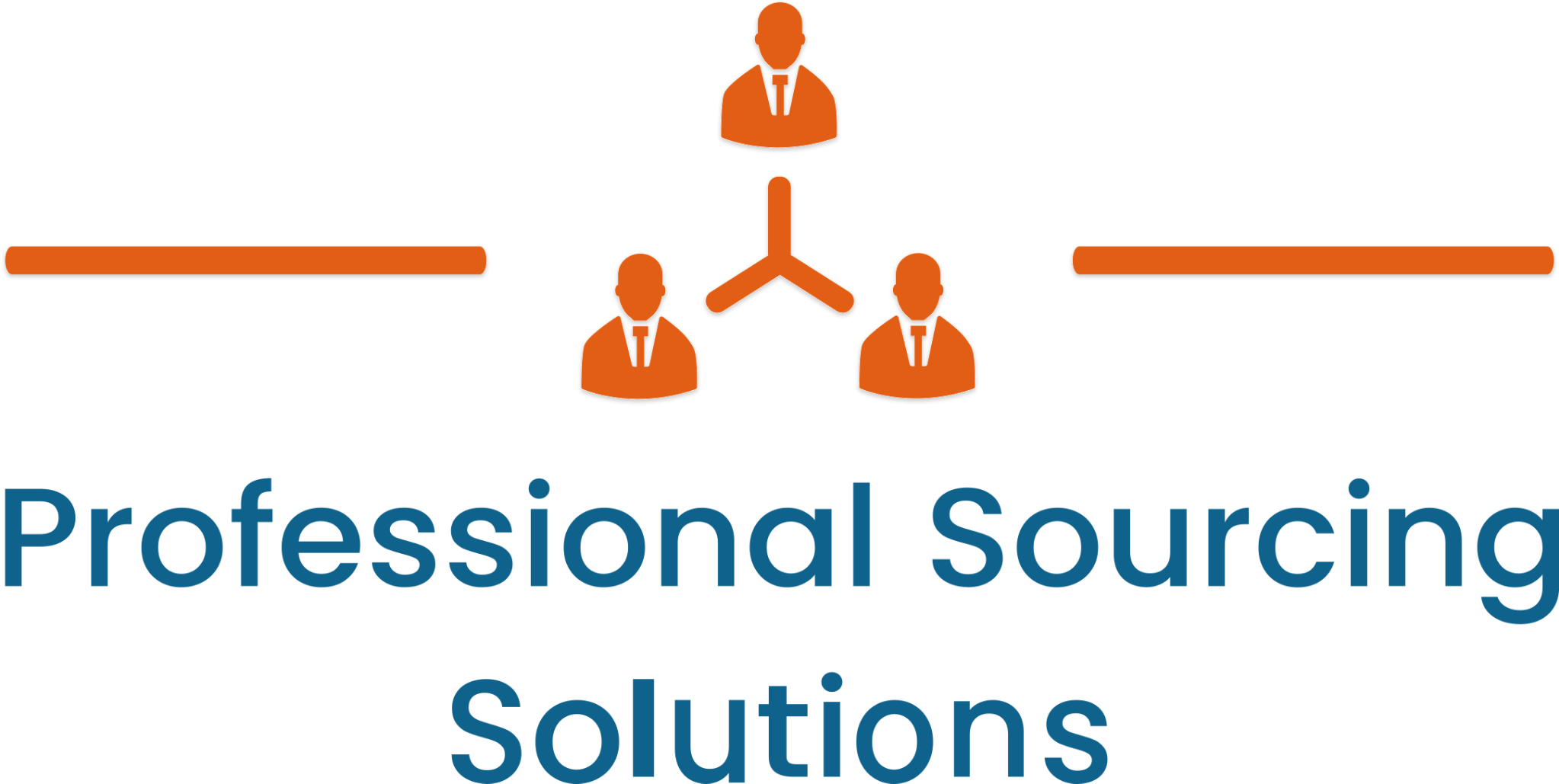
In the world of retail, product pricing stands as the linchpin of success, merging the realms of marketing, psychology, and strategic acumen. As noted by Josh Pollack, Associate Partner and Pricing Practice Lead at the Parker Avery Group, few decisions wield as far-reaching an impact on business performance as the method employed to price items within the product assortment. This guide is a comprehensive exploration of the art of product pricing, delving into a myriad of methods, strategies for selection, and real-world examples, all designed to empower you to master the intricate craft of pricing.
The Importance of Setting the Right Price:
Product pricing is all about finding the delicate equilibrium that keeps your product competitive in the market, accurately represents its intrinsic value, preserves your profit margins, and considers all relevant costs. Ian Sells, CEO, and Founder of Rebate Key, underscores the importance of getting the price right for retail success.
Different Product Pricing Methods:
- Cost-Plus Pricing: Calculate production costs, including labor, materials, and overhead expenses, and then add a fixed percentage for profit. While this method is simple, it lacks insights from external research.
- Value-Based Pricing: Determine prices based on the perceived value of your product to customers, which requires a deep understanding of customer preferences and perceptions.
- Competitor-Based Pricing: Set your prices relative to your competitors, which is straightforward but may not be ideal for long-term strategy.
- Elasticity-Based Pricing: Analyze the effects of price changes on sales quantity, providing valuable insights into customer responses to price fluctuations.
- Cross-Product Pricing: Bundle complementary products together to stimulate demand.
- Gross Margin-Based Pricing: Consider your gross margin (revenue after Cost of Goods Sold) when making pricing decisions.
- Keystone Pricing: Price products with a 50% markup, which is simple but may lack competitive insights.
- Price Skimming: Begin with high initial prices, progressively lowering them as demand and competition evolve, suitable for unique or pioneering products.
- Penetration Pricing: Price your products lower than competitors to attract and expand your customer base through affordability.
- Price Anchoring: Strategically position a less expensive product adjacent to a pricier one to guide customers toward the perceived better deal.
- Bundle Pricing: Bundle products together and offer them at a discounted package price to entice value-conscious customers.
Brick-and-Mortar vs. Ecommerce Pricing:
Adapting your pricing strategy to different sales channels is essential. Consider additional factors, such as shipping costs, when determining pricing for e-commerce and aim for a balanced approach to online and in-store pricing.
Selecting the Right Pricing Method:
- Understand Your Customer Base: Gather comprehensive data on customer demographics, preferences, and spending habits. Calculate the Customer Lifetime Value to gauge long-term profitability.
- Determine Pricing and Market Potential: Estimate the market potential and pricing potential, factoring in production costs, overheads, and demand.
- Choose a Price Range: Find a pricing range that ensures profitability while aligning with your customer base’s expectations.
- Conduct Competitor Research: Gain insight into competitors’ pricing strategies and discover opportunities to gain a competitive edge.
- Account for Industry and Brand: Tailor your pricing strategy to your specific industry and align it with your brand’s unique positioning.
Real-Life Pricing Strategy Examples:
- Cost-Plus Pricing Example: Jeremy recalibrates prices by considering production costs and markups.
- Competitor-Based Pricing Example: Raj increases prices for specialty products, leveraging a competitive advantage.
- Penetration Pricing Example: Sammy launches an affordable product to capture the market segment.
Innovative Pricing Strategies:
- Psychological Pricing: Utilize tactics such as stacked discounts, bonus packs, and price endings to influence consumer perception.
- Encourage Charitable Donations: Offer a discount in exchange for a charitable donation, enhancing customer loyalty.
Evaluating Pricing Strategy Success:
- Monitor Sales Volume and Costs.
- Check Conversion Rates and Retention.
- Compare Selling Locations.
- Analyze Performance of Similar Products.
- Examine Gross Margin and Order Size.
Tips for Pricing Your Products
Mastering the art of product pricing is essential for the success of your retail enterprise. With the right pricing strategy, you can balance profitability with customer satisfaction, adapt to market dynamics, and outperform your competitors. Continuous evaluation and refinement of your pricing methods will ensure lasting prosperity in the dynamic world of retail.
Retail Pricing Objectives:
Establishing retail pricing objectives is a critical first step in determining the optimal pricing for your products. Consider financial, strategic, and marketing goals, as well as customer expectations when setting pricing objectives.
Ways to Price a Retail Product:
Pricing involves a blend of art, science, and strategy. Balancing prices across your product range is key to achieving your goals.
The Role of MSRP:
The manufacturer’s suggested retail price (MSRP) is typically based on the cost of production and desired profit margins. It’s essential to consider whether MSRP is standard in your industry before using it as a pricing reference.
Keystone Pricing:
Keystone pricing involves setting prices at double the cost of goods sold. It may not be suitable for all products, especially those with low turnover.
Bundle Pricing:
Bundle pricing offers groups of related products or services at a single price. It simplifies marketing, minimizes customer dissatisfaction, and enhances perceived value.
Discount Pricing:
This strategy involves selling products at a discount or sale price, suitable for boosting sales during slow periods or targeting specific customer segments.
Loss-Leading Pricing:
Retailers deliberately price certain products below cost to attract customers. This strategy can be part of a deliberate effort to gain an edge over competitors.
Below Competition Pricing:
Undercutting competitors’ prices can lead to price wars and attract price-sensitive customers, potentially hurting profitability.
Above Competition Pricing:
Charging higher prices than competitors may work in certain situations, especially if you offer a premium environment or have a strong brand.
Anchor Pricing:
Anchor pricing involves setting a higher initial price that can be negotiated down, influencing customer perceptions and increasing the likelihood of sales. It can also introduce alternative, more profitable products.
The Best Way to Price Products for Your Retail Small Business:
The best pricing strategy depends on your specific products and market. Experiment with different approaches and consider using intelligent pricing strategies that leverage market data for optimization.
Factors Governing Markup:
Adjust your markup based on profit margin goals and product demand. Consider industry standards and government regulations that may affect pricing.
Retail Pricing Tools:
Retail pricing software and Point of Sale (POS) systems can help you make informed pricing decisions by providing data on sales, inventory, and profitability.
The Right Price:
Smart product pricing is crucial for the growth and survival of small businesses. By using a combination of pricing strategies and advanced tools, you can make informed decisions that keep your profit margins healthy and satisfy your returning customers.
Mastering the intricacies of product pricing is a dynamic and indispensable skill for the success of any retail enterprise. By exploring the diverse pricing methods, innovative strategies, and objectives outlined in this guide, you can navigate the ever-evolving retail landscape with confidence and adaptability. Remember that pricing isn’t a one-size-fits-all endeavor; it requires continuous evaluation, strategic finesse, and an understanding of your market’s nuances. So, embrace the art and science of pricing, and use it to harmonize profitability with customer satisfaction, setting your business on a path to enduring prosperity and success.
Professional Sourcing Solutions is a staffing agency based in Ontario, Canada that specializes in retail staffing. Book a free consultation to learn more about how we can help you with your staffing needs.



